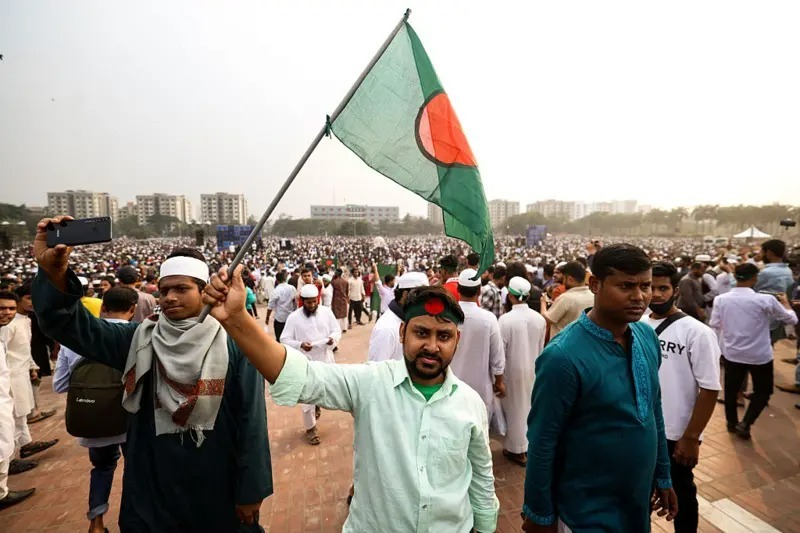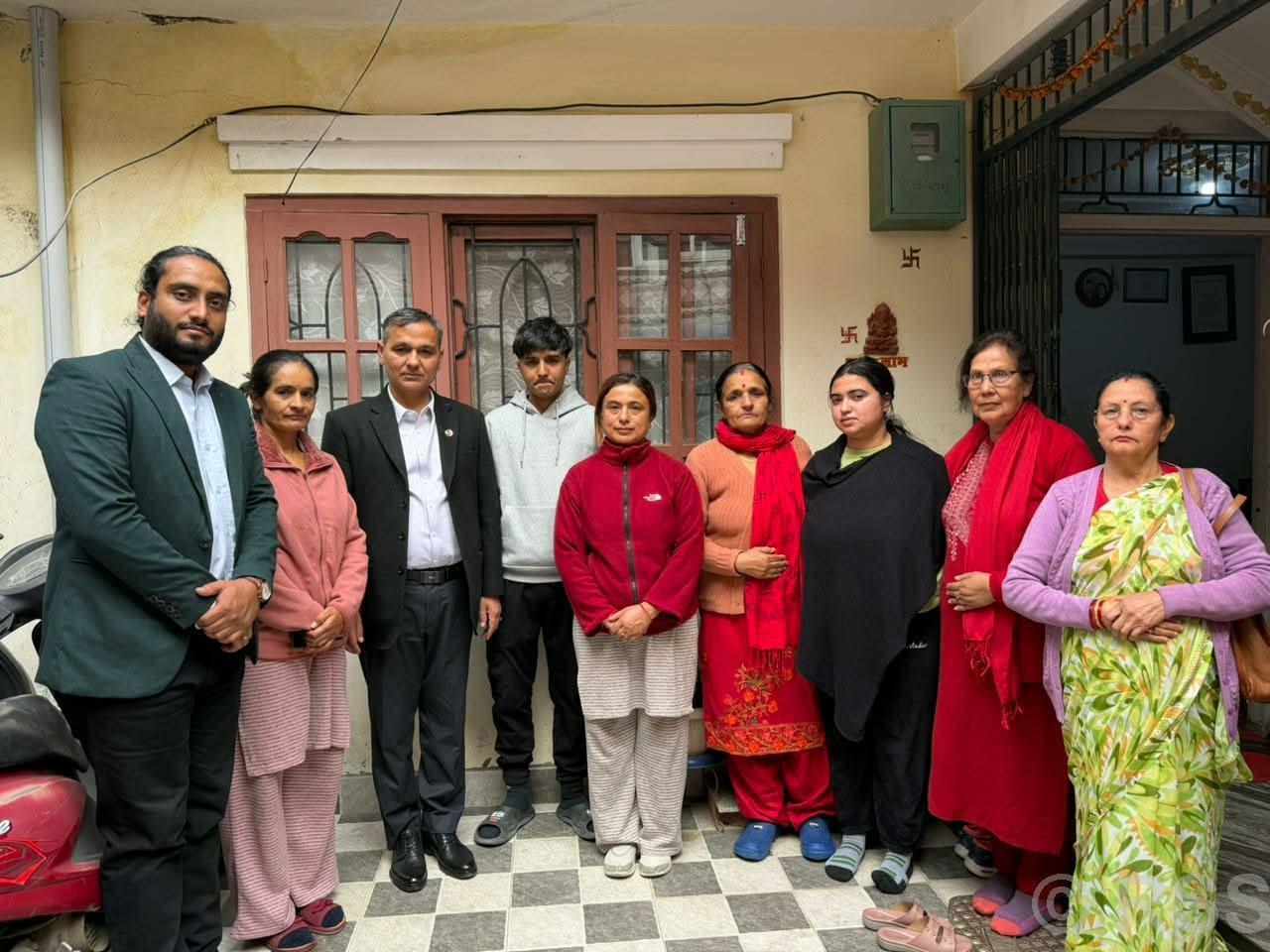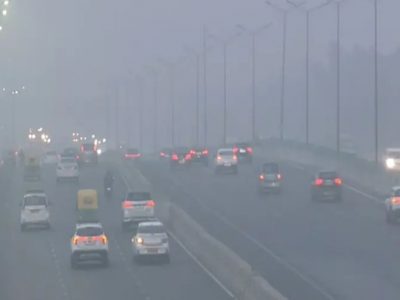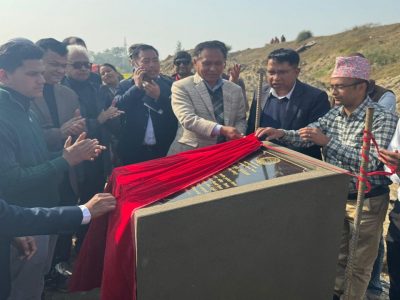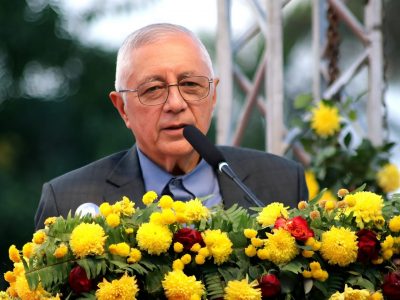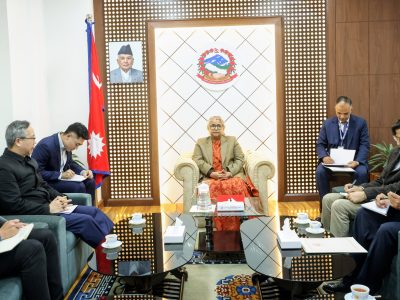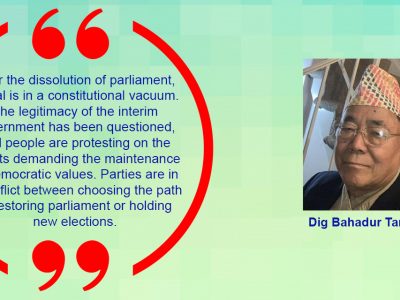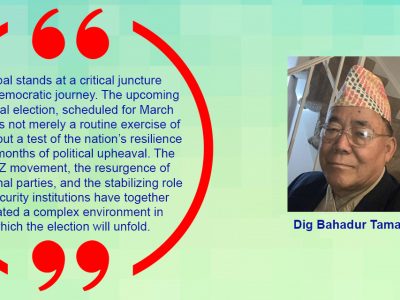Resolving Nepal-India border dispute
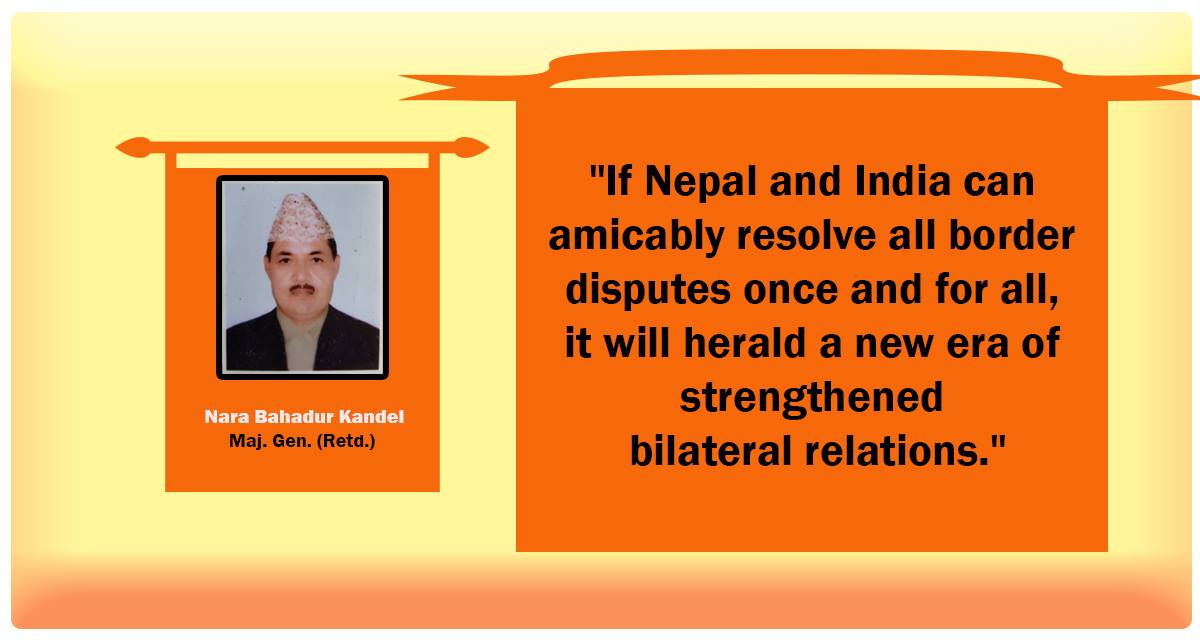
Nepal – India border is unique. One can have supper in the Nepali territory and go to sleep in India or vice versa. A family may have half of its members in Nepal and half in India. The open border between the two countries has provided not only opportunities but has multiple challenges too. No settlement, cultivation or infrastructure should exist along the borders except the huge pillars, knows as the Junge pillars, which have been used for demarcation. There have been several instances of encroachment of the ‘no man’s land’.
Local inhabitants are not to blame for encroachment. It is rather an issue that has been aggravated due to sheer negligence from both the governments. This type of porous border is considered to be highly sensitive in terms of security to both the neighbors. Due to an open border, cross-border smuggling, drug trafficking, human trafficking, and many more criminal activities are increasing. Relatively speaking, there is much bigger security threat to India and sizeable economic loss to Nepal because of such unlawful activities. Particularly, those interests that are working to hurt India’s national security interests have found safe haven along the border areas.
To highlight this issue, then Bihar chief minister Nitish Kumar, at a conference of the chief ministers in New Delhi on 21 April 2012, had said that “open border with Nepal is posing security challenges to Bihar. It needs central government’s support to regulate to cross-check border crimes”.
On 28 July 2014, then Indian foreign minister Sushma Swaraj had also expressed that “Nepal-India open border has been misused for criminal activities, human trafficking, import and export of illegal drugs, smuggling of fake Indian currency notes”.
Very recently United States of America has expressed a big concern on open border system between Nepal and India seeing high possibility of misuse of the land by extremists.
In November 2019, the publication of a new political map by India critically undermined Nepal’s sovereignty and territorial integrity. According to the Sugauli Treaty, Mahakali River is the border between Nepal and India. The Mahakali River originates from Limpiyadhura. Between 1850 and 1856, the Survey of India had published maps which clearly show that areas east of the River Kali lie in Nepal. All the available documents and evidences clearly prove that areas east of the River Kali belong to Nepal. People living in those areas have been paying land tax to the government of Nepal. In 2018 B.S., Nepali authorities had carried out a population census in the Kalapani area.
India is a regional power in South Asia. She has a great responsibility towards her small neighbors. Indian Prime Minister Narendra Modi, while signing the border pact with Bangladesh, had clearly said that India will never occupy even an inch of land of neighboring countries.
But, controversial characters like India’s former foreign secretary and ambassador to Nepal Shyam Saran, continue to inflame Nepali sentiments by prescribing bullying measures against Nepal.
Some solutions for a better future
First, it is high time to raise and permanently resolve all pending border disputes with India.
Second, the government of Nepal should form a high-level commission to decide minimum entry points in Nepal- India border. We can have maximum seven to nine major custom points namely, Kakarbhitta, Biratnagar, Janakpur, Birgunj, Bhairahawa, Nepalganj, Dhangadi, and Mahendranagar. Rest of the border points, mainly Chhoti Bhansars, should be closed. As a result of this move, there will be sharp increase in revenue through customs. From the perspective of national security, it is wise to keep minimum entry points at the border.
Fencing the open border from both sides for regulation as per the international norms would be in the best interests of both the countries from the national security perspective. The ongoing COVID-19 pandemic has clearly exposed the vulnerabilities posed by an open border.
In November 2019, Prime Minister KP Sharma Oli had decided to send a high-level delegation to India headed by former Prime Minister Madhav Kumar Nepal. Unfortunately, it did not materialize. If that delegation had gone to New Delhi, the border issue could have taken a different course by now. The government of Nepal should immediately take up this matter at the highest level with the Indian government.
This sensitive topic of border and border management should be incorporated in course of study of schools and colleges to educate our young generation. Scholars and academics should be encouraged to carry out research work, including PhD research, on our borders. In addition to this, military, police, civil administration and judiciary should include this topic in their professional career trainings.
Similarly, civil administration and security agencies should carry out border reconnaissance if possible on foot, if not by road or by air depending on the possibility of modus operandi in their respective areas of responsibility minimum once a year. Furthermore, the Chief District Officers heads of the concerned security organizations should have a minimum two years of posting in respective districts and should be made answerable for their conduct.
There should be separate border meetings held at district, provincial and federal levels on a yearly basis. The survey officer of respective levels should act as member secretary. In addition, inter country border commission meeting should be held minimum once a year at adjoining border districts, provinces and federal levels.
As Nepal Government recently decided to establish 105 new Border out Posts (BOPs) along the southern border and 7 BOPs along the northern one, the numbers of BOPs should be increased as per need in the future. The existing police posts need to be augmented. Similarly, the government should also develop access roads, proper commuting system, view towers, home- stay facilities, and tour information guides with proper security arrangements in these areas. Minimum possible modern border monitoring equipments should be made available to security agencies. More CCTVs should be installed to monitor security aspects, illegal trade and behavior of security personnel towards passers-by.
The Department of Survey should come up with an updated digital map and compare it with the Sugauli Treaty map to decide on encroachment from either side. Cultivation should not be allowed on the ‘no man’s land’ as it should be kept as an encroachment-free zone.
Most of all, all political parties, media, Civil Society Organizations and intellectuals should stand firmly united to achieve the above-mentioned goals.
Nepal and India are more than just good neighbors. The two countries are innately bound by history, culture and religion. More than 50,000 Nepali men serve in the Indian military. Just like most countries face border related challenges, Nepal and India too have challenges of their own. But, if these two countries can amicably resolve all border disputes once and for all, it will herald a new era of strengthened bilateral relations. This in turn will play a vital role in promoting and protecting national security interests of both the countries.
(Kandel is a retired Major General of the Nepalese Army).
Facebook Comment
latest Video
Trending News
- This Week
- This Month




